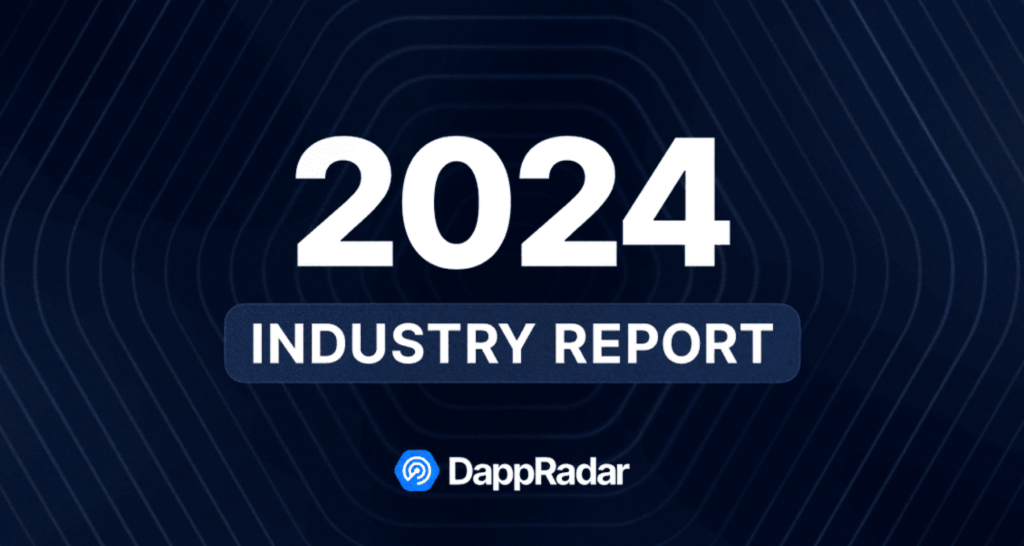Are Trading Journals Effective?

It’s often suggested that maintaining a trading journal is beneficial alongside tracking your trading history. This facilitates the detailed notation of technical analysis results and verifies forecast accuracy after concluding each transaction.
On this page
Most seasoned traders concur that successful trading is not just about precisely interpreting the outcomes of technical and fundamental analyses, but also about maintaining trading discipline and being adept at reading charts. A trading journal is a crucial component in adhering to trading discipline and diligently documenting all exchange or investment transactions.
Types of Trading Journals
A trading journal can be kept in any format that its keeper finds most convenient. Trading journals can take the following forms:
- Paper-based: This method, though traditional, is rather inefficient and time-consuming due to manual entries.
- Audio records: These could include trading ideas, thoughts, and forecasts recorded via a microphone or headset.
- Video records: Recording forecasts or thoughts on video can also work well for personal blogs, social media groups, or podcasts.
- Spreadsheet: Often, traders keep an Excel spreadsheet that includes a register of all their trades.
- Specialized web platforms: Various web services and platforms such as TraderSync, Tradezella, DailyFX, Tradervue, TradesViz, TradeBanch, etc., offer the tools to maintain an organized trading journal.
- TradingView or other trading terminal tools: These allow you to integrate your journal with chart analysis.
Currently, the last three options are the most popular. While specialized services often require a fee, the free versions of TradingView and Excel represent cost-free alternatives for maintaining a trading journal.
Choosing the format for a trading journal is a personal decision. The important thing is that the chosen format aids in accomplishing the following goals:
- Being able to retrospectively review all market and asset price predictions, as well as points of entry and exit at any given time.
- Identifying flaws in your trading system, strategy, and forecasting methods/tools, then making necessary adjustments to avoid repeating these mistakes in the future.
Advantages of a Trading Journal
- Systematization of trade: Until trading is systematically managed, it's merely an attempt to outwit the “casino.”
- Refinement of trading system and strategy: Traders tend to behave more logically when they are confident in their trading parameters and a detailed methodology. By recording current market conditions, related trades, and his or her own forecasts or ideas, a trader can infer that their trading will improve over time.
- Increased discipline: A trading journal is an invaluable tool designed to eliminate confusion and impulsiveness. In it, a trader notes the conditions under which they decided to enter a position, the intended actions if everything proceeds as planned or goes against it, the reasons and timing for closing a deal, and so on. If something does not go as planned, the trader has an opportunity to either validate their methodology or fine-tune it.
Integrating the Exchange Trading Log with Your Trading Journal
The trading log, typically listing opened and closed trades, is commonly maintained in Excel and includes columns with the following data (these may slightly differ between traders):
- Date of opening position;
- Quantity of purchased coins;
- Cryptocurrency ticker (for example, BTC) or currency pair (for example, BTC/USDT);
- Direction (long/short);
- Name of the exchange where the trade occurred;
- Entry price;
- Trade amount;
- Values for stop-loss or take-profit orders;
- Position closing date;
- Transaction closing price;
- Amount and percentage of the exchange commission;
- Profit/loss amount (P&L);
- Profit/loss percentage (P&L%);
- Notes and transaction records.
Example entries in the transaction log (Excel)
Traders include links to their TradingView recordings in the “Notes” column. These recordings provide an overview of the chart at a specific time frame, along with comments and a forecast of the asset's future price movement. Some traders prefer to attach a screenshot instead of a link, consolidating all the trade information in one place. This format allows traders the flexibility to choose what valuable information to include and in what format for each trade. It offers a convenient and adaptable approach.
Retrospective of trades and analysis of the trading journal
To make the trader's journal more useful, it is important to conduct a retrospective analysis of past trades. This involves reviewing closed trades and studying the trading journal over a certain period, typically around six months to a year.
Keeping a journal will help you draw important conclusions:
1. Identify the most profitable trading markets. Use your journal to track the effectiveness of your trades across different markets. If margin trading isn't yielding stable profits, while spot trading is, it's a clear signal that you should focus on trading where you feel more comfortable and have a higher success rate in closing deals.
2. Determine the optimal timeframes for trading. After consistently maintaining a trading journal, you may discover that your predictions on shorter timeframes (30 minutes, 1 hour) aren't particularly accurate or profitable, while on longer timeframes (4 hours, 1 day), the opposite is true. This insight indicates that you should pay attention to it. It's a clear signal that you need to reassess your trading system and reduce the number of trades on shorter timeframes to minimize losses and increase your profits.
3. Monitor your progress. By graphing the profitability of your trades per day, the number of trades, holding periods, and other parameters, you can track your progress over time. This kind of statistical data serves as an inspiration for traders to improve their performance. For example, you might discover that the most profitable days were characterized by fewer trades. A journal helps you see that an average month consists of several successful and profitable days, many days with modest profits, and a few losing days. And that's perfectly normal. No trader can consistently trade only in the positive.
4. Develop plans for the next reporting period. Your trading journal, along with a record of closed trades, is the best tool for analyzing interim results and devising plans for the next reporting period, such as a quarter, half-year, or year. By reviewing these plans later, you'll be able to assess their effectiveness, identify any mistakes you made, and determine how to rectify them.
Final Words
Consistently keeping a trading journal assists traders in more efficiently verifying their understanding of market patterns and trends, evaluating the effectiveness of their trading system and strategy, and assessing the profitability they achieve.
The content on The Coinomist is for informational purposes only and should not be interpreted as financial advice. While we strive to provide accurate and up-to-date information, we do not guarantee the accuracy, completeness, or reliability of any content. Neither we accept liability for any errors or omissions in the information provided or for any financial losses incurred as a result of relying on this information. Actions based on this content are at your own risk. Always do your own research and consult a professional. See our Terms, Privacy Policy, and Disclaimers for more details.



























